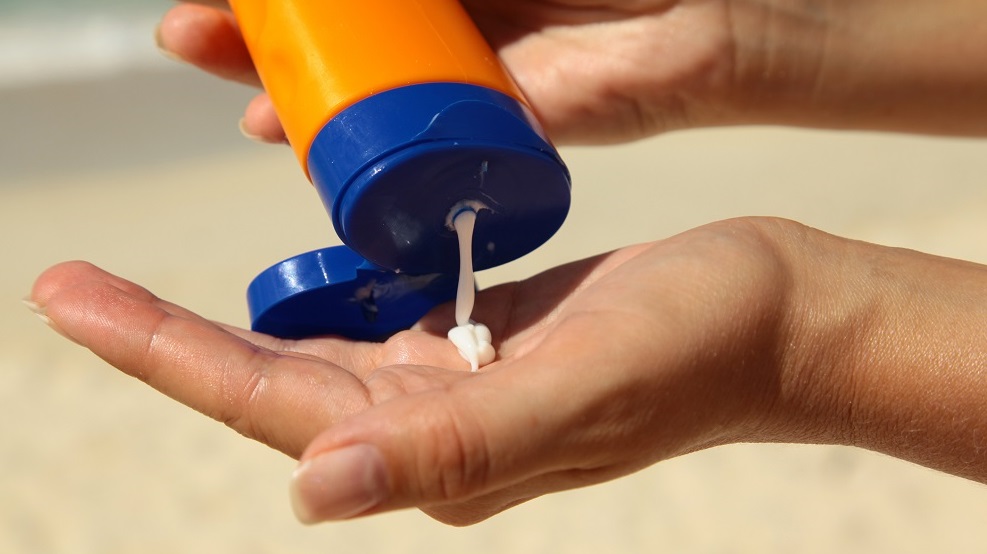Ultraviolet Radiation
Protecting your skin from the harmful effects of the sun is very important during the spring and summer months. During the warmer months, the Earth is tilted in a way that allows more of the sun’s Ultraviolet B (UVB) rays to make it the surface. More UVB rays means hotter temperatures and an increased risk to skin. The sun’s Ultraviolet A (UVA) rays reach the Earth’s surface year round.
Harmful Effects
Ultraviolet A and B radiation from the sun can cause or contribute to a number of harmful effects to your skin including painful sunburn, cancer and aging. For those with fair skin, lupus, or those who take medications such as antibiotics or antihistamines, the risks are greater.
Protection
To protect yourself from the harmful effects of the sun, consider wearing protective clothing such as hats, long sleeves, pants, or even sun-safe clothing, which is designed to provide even more protection. Also, consider sunblock for UVA radiation or sunscreen for UVB radiation. To ensure maximum protection, choose a product that will protect against both UVA and UVB.
Hearing Protection
Noisy Activities
Warmer months mean more opportunities to engage in activities that could result in noise-induced hearing loss. These activities include boating, motorcycling, sporting events, music concerts, or even mowing the lawn.
Harmful Effects
The Occupational Health and Safety Administration (OSHA) sets safe noise levels at 85 dB. Noise levels higher than this can result in Noise Induced Hearing Loss (NIHL) or tinnitus. Those with NIHL have difficulty understanding other people when they talk, especially on the phone or in a noisy room. Tinnitus is a constant ringing, buzzing or roaring sound in one or both ears. The bad news is NIHL and tinnitus can be permanent, but the good news is they are preventable.
- Typical Lawn Mower – 85 to 90 dB, hearing damage occurs in 8 hours at this level
- Speedboat – can exceed 90 dB
- Motorcycle – can exceed 95 dB
- Sporting Event – as much as 115 dB, hearing damage can occur in 15 minutes
As a rule of thumb, if you have to shout to be heard by the person standing next to you or notice your ears are ringing after exposure, your environment is too loud.
Protection
Hearing protection is useful when you cannot or choose not to avoid noise exposure. The two most popular forms of hearing protection are earplugs and earmuffs. Earplugs are inserted into the ear canal and earmuffs cover the ears. You can use one or both to protect your hearing. Both forms of protection work by decreasing the volume, or dB, of the noise reaching the sensitive structures in your inner ear.
About the author: Matthew E. Freeman is part of the Health Promotion Disease Prevention Committee at the Harry S. Truman Memorial Veterans’ Hospital, Columbia, Mo.
Topics in this story
More Stories
Study underscores important role COVID vaccination can have in protecting Veterans from infection and reducing long-term health consequences
Columbia VA’s robotic surgery teams completed their 800th robotic surgery and are on schedule to hit 1,000 by the end of the year.
In a decentralized clinical trial, Veterans can participate from their own homes or local VA instead of having to travel to a research site.







